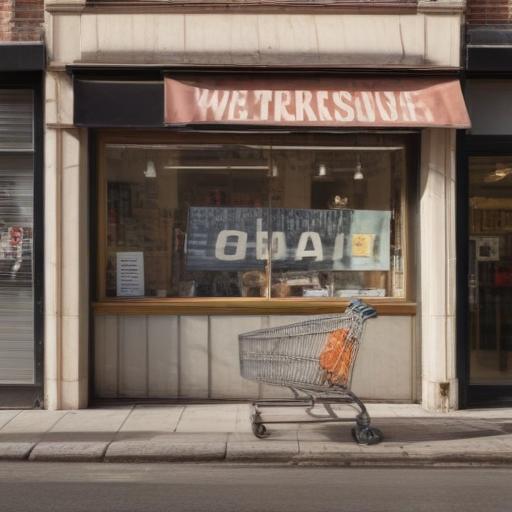A cherished home improvement retailer, serving its community for 120 years, has recently closed its doors, symbolizing a significant shift in the retail landscape. This closure does not only represent a loss for the local community, but also highlights the broader changes affecting the global retail sector. As more traditional retailers struggle to maintain their footing, this event serves as a pivotal reminder of the challenges that lie ahead.
The store had weathered numerous challenges over more than a century, including wars and recessions, and had become a staple for homeowners and contractors alike. However, recent years brought unprecedented challenges. A post-pandemic economy and rising operational costs, combined with fierce competition and a growing consumer preference for cost-effective and efficient solutions, ultimately rendered the business unsustainable, despite the loyalty and quality it once provided.
In contrast, Home Depot remains a strong competitor in the industry. Yet, it too faces mounting pressures from global economic factors. Higher import tariffs and escalating logistics costs are complicating its operations. To navigate these turbulent waters, Home Depot is investing in private-label products and innovative inventory systems, adapting its strategies to sustain and grow in a marketplace dominated by e-commerce giants like Amazon and Alibaba. These companies have redefined expectations with their advanced logistics and consumer insights, making profitability a challenge for smaller, local retailers.
Additionally, traditional supermarket chains, like Walmart, have embraced a hybrid model that blends physical stores with digital capabilities, ensuring they stay relevant. This shift represents a larger trend where adaptability and scale become the standards for survival in the retail sector.
The closure of the local retailer underscores the urgent need for all businesses, large and small, to embrace innovation and strategic collaboration. Those that fail to adapt risk becoming relics of a past era, as the world of retail increasingly shifts toward global dynamics rather than local traditions.
While this transition may seem daunting, it also presents opportunities for growth and reinvention. Retailers that pivot effectively can emerge stronger, with tailored strategies that respond to evolving consumer demands in a fast-paced industry. The message is clear: adaptation is key, and with it comes the potential for renewed success in tomorrow’s retail environment.
